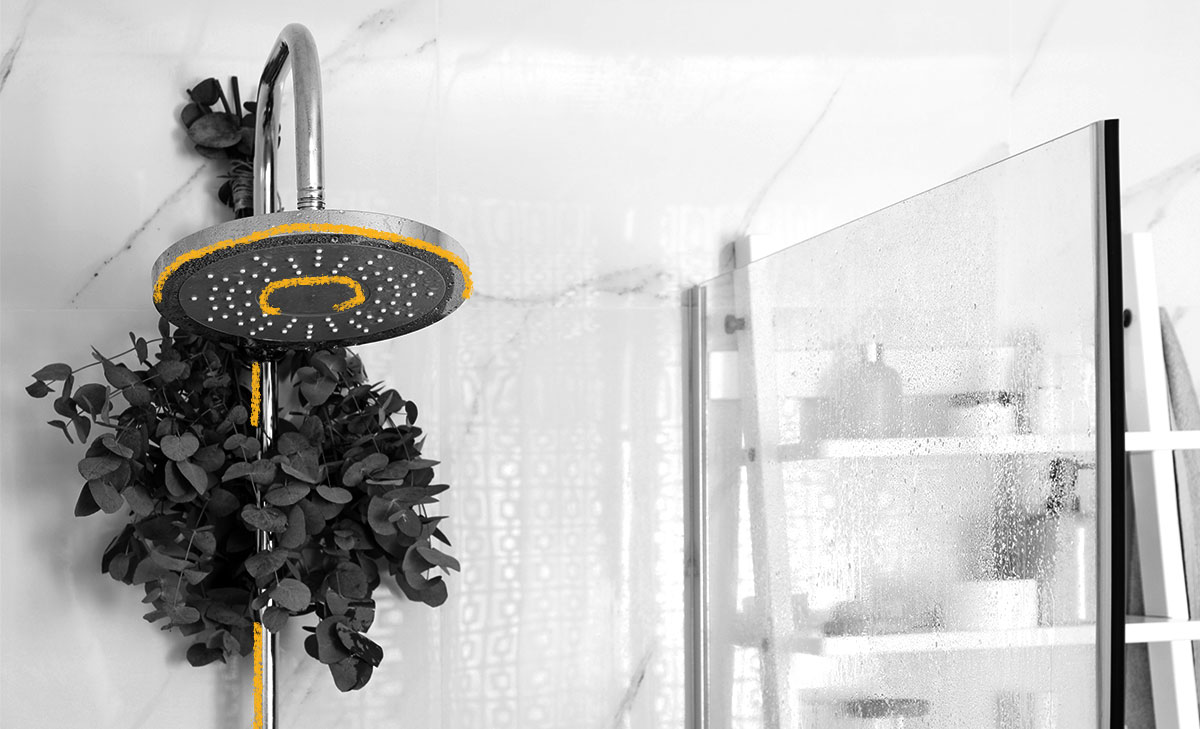It’s an object that you use every day, but do you know the history behind your shower? The earliest showers were simple – humans used to bathe in waterfalls whenever possible, sometimes hunting out spots that were miles away. Later, the Ancient Egyptians and the Mesopotamians used jugs of water to replicate the effects of a waterfall without actually having to travel to one. The ancient Greeks developed drainage systems to carry away the used water from jugs, but it was the ancient Romans and their bathhouses that really took plumbing technology to a never-before-seen level. However, this technology was lost after the Empire’s collapse, and the first shower that we would recognize today didn’t come about until 1767, when London stove maker William Feetham patented an invention that pumped water into a basin above the user's head and then released it when a chain was pulled. By 1810, the English Regency shower (invented by an anonymous entrepreneur) was offering bathers a hot shower for the first time. Then in 1920s America, the shower finally moved from a device reserved for the wealthy to something used by the general public. (The shower didn’t become commonplace for everyday folks in the UK until four decades later.) By the 1960s, the electric shower had debuted. In the 1980s, showers exploded in popularity and accessories like fancy showerheads hit the market for the first time. Today, showers are considered essential in most households and the technology has come a long way from its humble beginnings.

Your go-to guide for weird history facts
Subscribe to the FREE daily email that makes learning about history fun.


